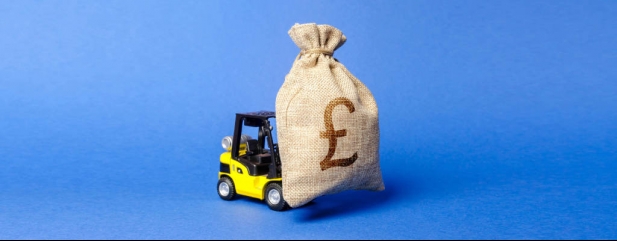Archived article
Please note that tax, investment, pension and ISA rules can change and the information and any views contained in this article may now be inaccurate.
Maxed out your pension and ISA? Where next…

Most people can put up to £60,000 a year into their ISA and pension combined. But some people might find they exceed this limit and want to know where to invest next, while others may have lower limits and so be able to put away less each year.
What are the limits?
Those aged 18 or over can put £20,000 into an ISA each year, while £9,000 can be put away on behalf of children. For pensions the limit is higher and for most is £40,000 each tax year, or 100% of their earnings, whichever is lower. This limit reduces for high earners and for those who have already dipped into their pension pot, meaning it can be as low as £4,000.
Read more about the reductions for high earners here.
If you didn’t max out your pension allowance in previous years you can carry forward that allowance, which is explained here.
Where next?
If you’ve already put the maximum in your pension and ISA you have a number of other options, from maximising your family’s allowances to using less tax-efficient accounts.
Use your spouse
If you’re married you can transfer assets between partners without any tax implications. This means that if you’ve maxed out both your pension and ISA limits but your partner hasn’t, you could transfer money to them to put into an account in their name. This effectively doubles the usual £60,000 combined ISA and pension allowances and means a couple can put away up to £120,000 a year in tax-efficient accounts (subject to the caveats we talked about earlier).
As ISAs and pensions can’t be held in joint names, the money would solely be in your spouse’s name. One thing to note is that if you spouse doesn’t work then their annual pension limit will be reduced to £3,600 a year – but the ISA limit is unaffected.
Use your children
Children get their own ISA and pension limits, albeit lower if they are under the age of 18. You can put up to £9,000 into a Junior ISA for a child, while they also get a £3,600 limit for a pension, which you can put into a Junior SIPP.
However, these accounts will be in the child’s name and will be theirs to use once they can access them (which is age 18 for the Junior ISA and retirement age for the SIPP). So this isn’t an option if you wanted to be able to use the money at a later date or you don’t trust your kid to be sensible with the money.
Dealing accounts
These accounts work in the same way as your ISA, but you don’t get the benefit of tax-free income or capital growth. You can still trade investments in the same way but crucially there is no limit on how much you can pay in in a tax year. However, you should be savvy with how you organise your investments so you don’t get hit with large tax charges.
For example, you can earn £2,000 a year in dividends tax-free, but after that you’ll pay 7.5%, 32.5% and 38.1% tax, depending on whether you’re a basic-rate, higher-rate or additional-rate taxpayer.
For example, if you had £100,000 in a dealing account and it generated 4% income you’d have £4,000 of dividend income each year. £2,000 of that would be tax free, but the rest is subject to tax, meaning a higher rate taxpayer would pay £1,524 in tax on that money. If it was in an ISA that tax bill would be reduced to zero. As such, it’s a good idea to put investments that generate a high income into your ISA (or your pension if you can afford to lock the money up for longer), to protect those dividends from tax.
You’ll also need to consider capital gains tax (CGT), as any gains made in dealing accounts will be subject to this. Everyone has an annual allowance for CGT – £12,300 in the current tax year – and if you don’t use it you lose it. After that you’ll pay 10% tax on gains if you’re a basic-rate taxpayer and 20% if you’re a higher or additional-rate payer.
This means if you’re sitting on significant gains in your dealing account you should think about whether it makes sense to crystallise them over more than one tax year, or whether you can transfer the assets to your spouse in order to use their allowance too. You can also use investment losses to help offset your gains for tax purposes. It just requires a bit of planning so you don’t get walloped with a big tax bill.
Want to hold some cash?
If you’ve already maxed out your ISA allowance but you want to hold cash, you won’t be able to use a cash ISA. An alternative option is Premium Bonds, from NS&I, as all prizes won are tax-free. You don’t get an explicit interest rate like with other cash accounts, but you can deposit £25 to £50,000 and have the chance of winning from £25 up to £1m each month. The ‘implied interest rate’ is 1.4% - which is the return you’d get if you won the average amount – but this is not a guarantee.
Important information:
These articles are provided by Shares magazine which is published by AJ Bell Media, a part of AJ Bell. Shares is not written by AJ Bell.
Shares is provided for your general information and use and is not a personal recommendation to invest. It is not intended to be relied upon by you in making or not making any investment decisions. The investments referred to in these articles will not be suitable for all investors. If in doubt please seek appropriate independent financial advice.
Investors acting on the information in these articles do so at their own risk and AJ Bell Media and its staff do not accept liability for losses suffered by investors as a result of their investment decisions.

 magazine
magazine












